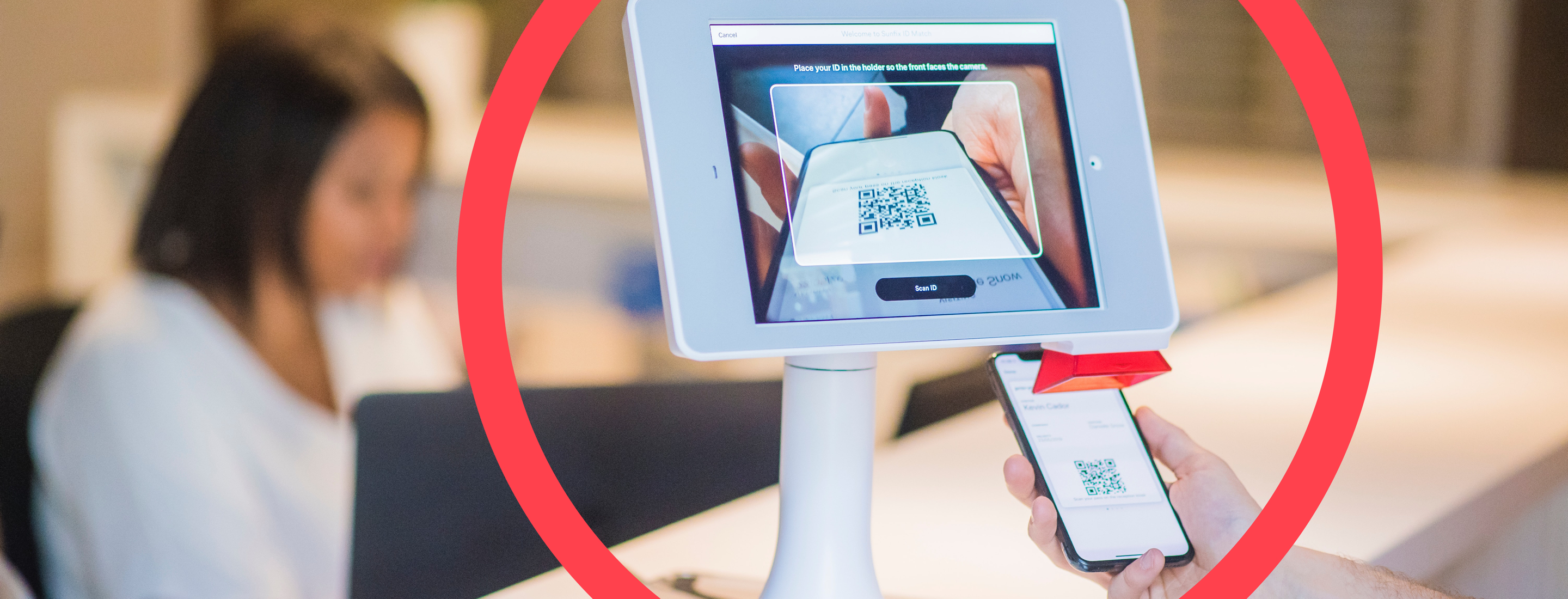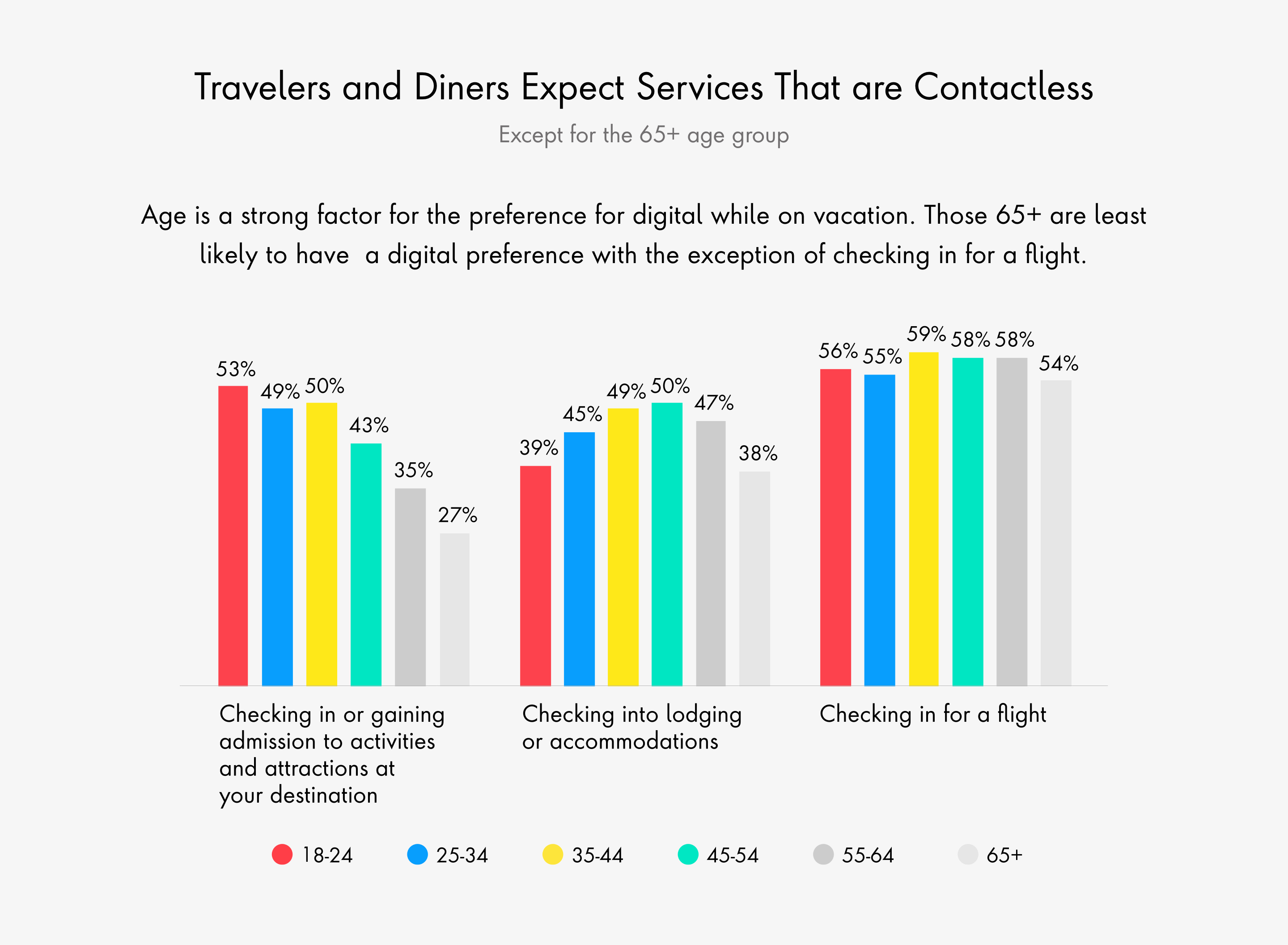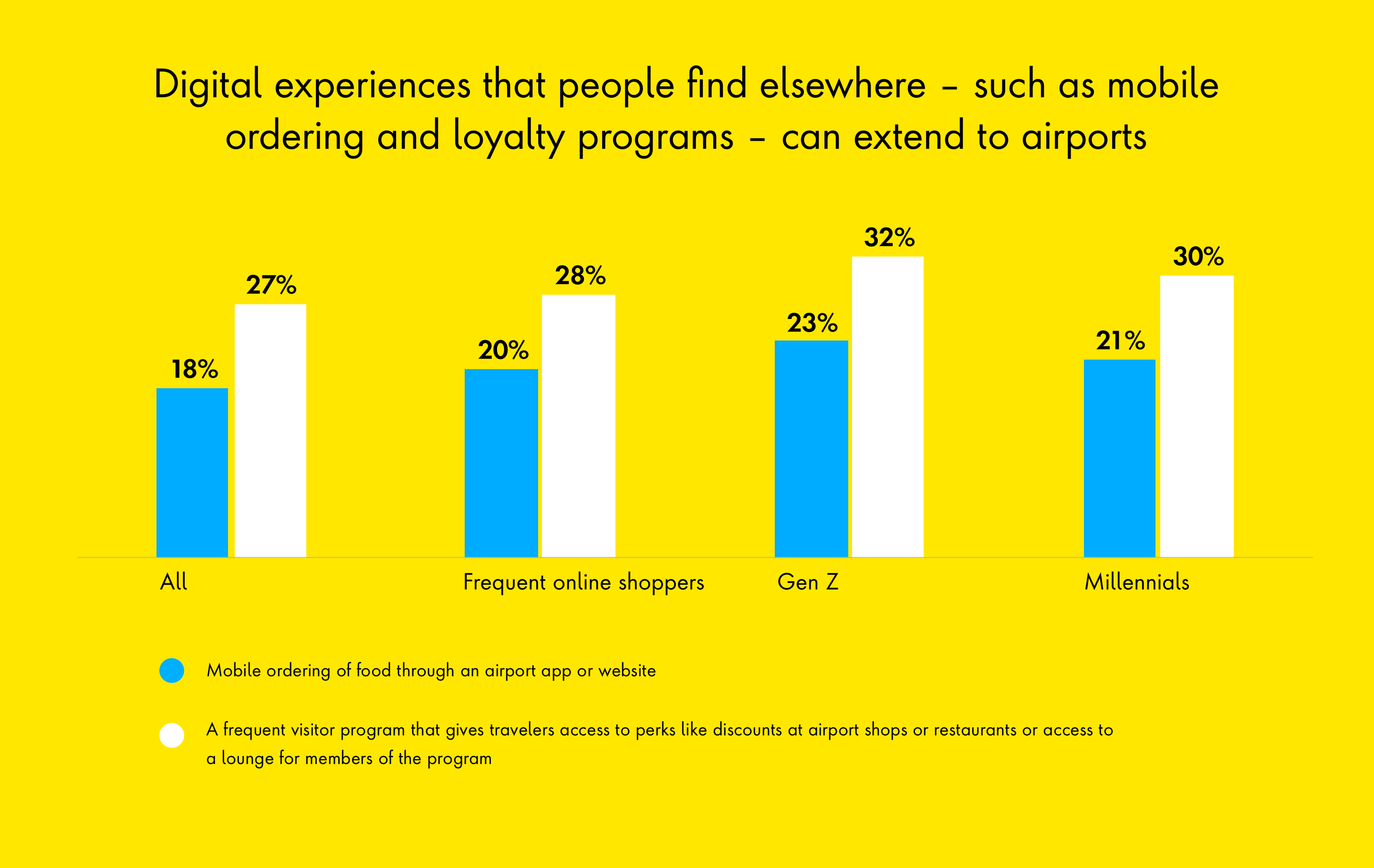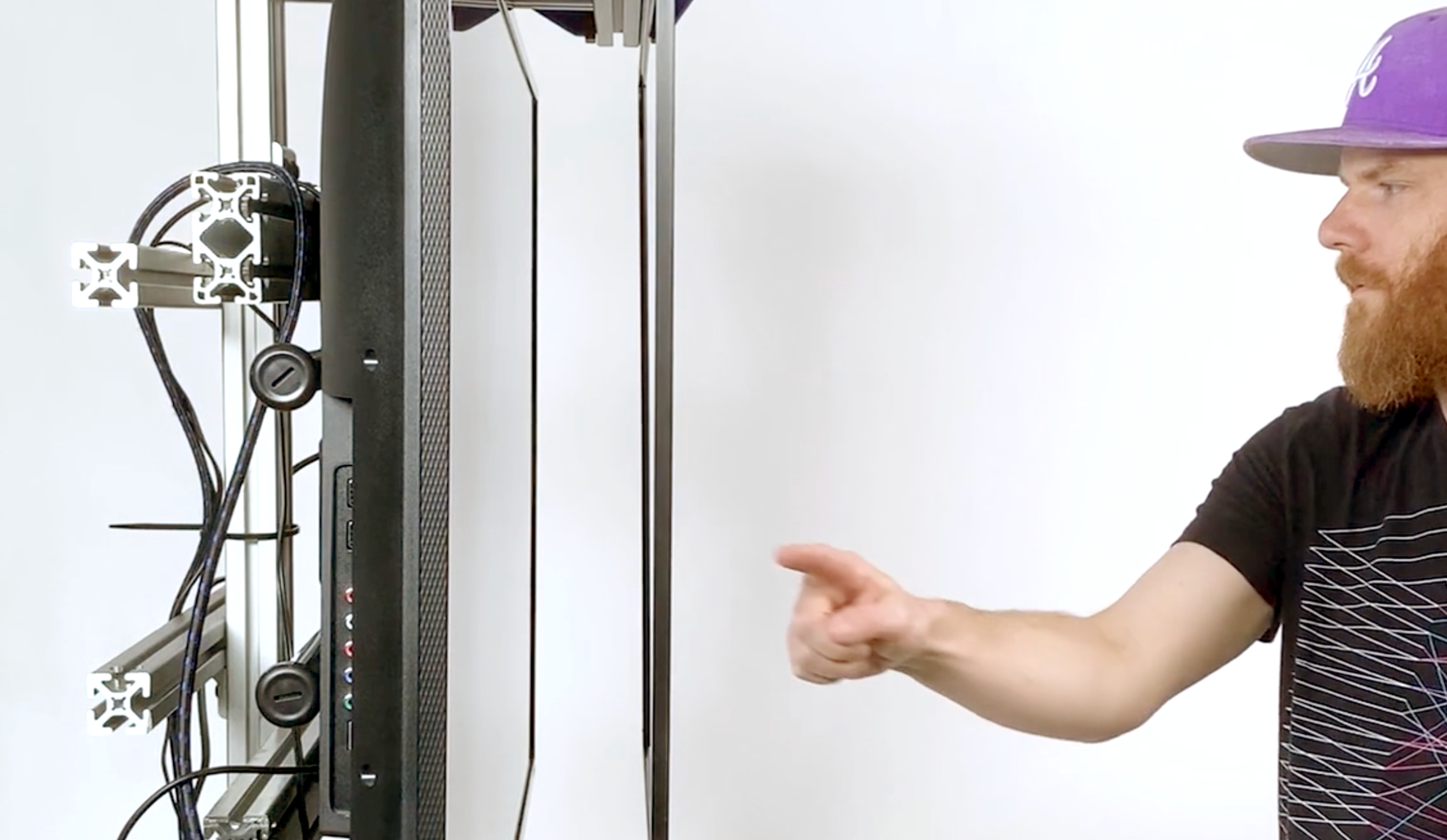The travel industry is improving contactless experiences such as mobile check-in at hotels and mobile boarding passes at airlines to increase physical distancing and to keep travelers safe. In the process, hotels and airlines also aim to bring travelers digitally closer to their brands.
Travelers will increasingly value experiences that minimize risk through reducing human interactions and providing contactless or touchless options across their entire travel journey. While contactless technology is not a new concept, the pandemic has accelerated this trend and integrating a platform travel experience enables contactless technologies that travelers are demanding. Platform travel experiences would help brands personalize the experience using data and travelers with discovery in destinations beyond a brand. For example, a family staying at a resort could easily book a nearby excursion that’s vetted through the hotel and personalized for everyone’s needs.
Publicis Sapient's original research published in The Digital Life Index found that 36 percent of respondents said the availability of contactless check-in and check-out at hotels via websites or mobile apps was a top-three factor in hotel choice, and 30 percent said check-in and baggage kiosks was a top-three factor in airline choice. When considering advanced cleaning enabled by technology, 47 percent said this is a top-three factor for hotel choice and 52 percent for airline choice. A digital hub where travelers could access all the information and help they need for their trips, and one where brands could use data to connect and enhance the experience, is the ideal path forward for brands determining how to succeed in increasingly uncertain economic and public health conditions.
Today's traveler has a disconnected travel journey, toggling among companies to build an end-to-end itinerary. Travel brands have an opportunity with a loyal customer base, a captive audience, and rich data that allows them to provide personalized recommendations on new services and products. We enable travel brands to use the best practices and capabilities of commerce and retail, finding value in new revenue streams and partnerships.



















